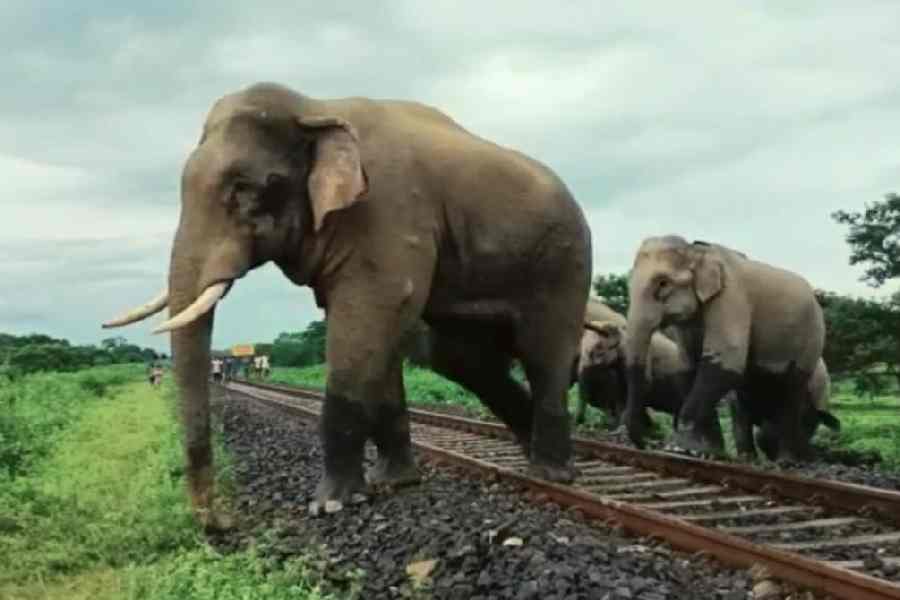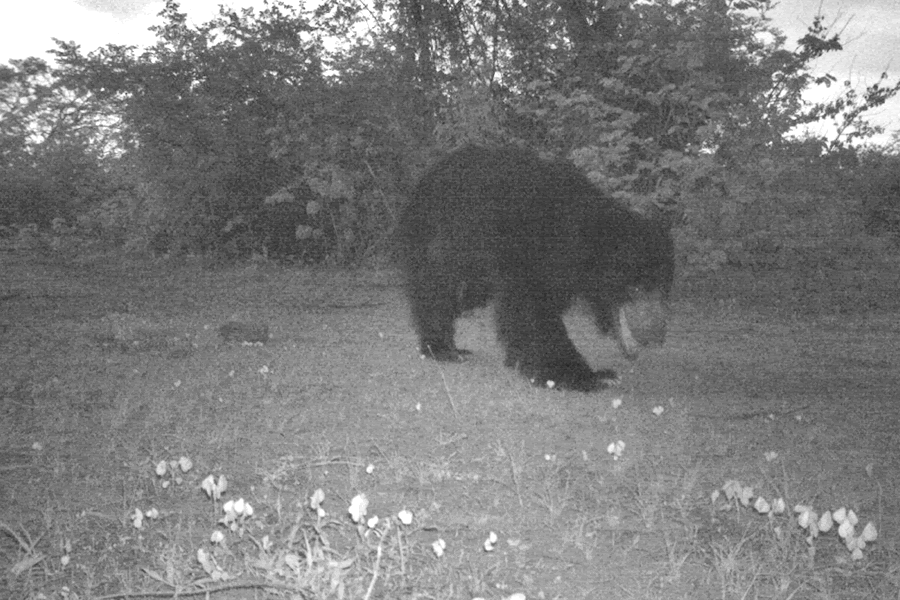The Kurseong forest division of the state forest department has installed CCTV cameras across various locations of Siliguri subdivision to monitor the movement of elephants in rural areas under its ambit, on railway tracks and Asian Highway-II.
Elephant herds regularly walk up to the highway that connects Panitanki (at the India-Nepal border) with Fulbari (at the India-Bangladesh border).
“The cameras have been installed to track the movement of elephants and other wild animals in some parts of Kurseong forest division. In due course, such a mechanism will be introduced in other forest areas,” said Bhaskar J.V., the chief conservator of forests (wildlife), north Bengal.
In the Terai belt, elephant herds come out of forests located in Bagdogra and Naxalbari areas in search of fodder. The animals cross the four-lane highway and the railway tracks that connect Siliguri Junction with Naxalbari to move into tea gardens and villages for fodder.
“Over the past few years, incidents of elephant depredation have increased in Siliguri subdivision. Elephants have even moved into far-flung areas like Kharibari block. The installation of CCTV cameras along elephant corridors will help to check such incidents,” said Animesh Bose, a wildlife conservationist based in Siliguri.
The herds, which move out of forests of Bagdogra forest range, amble on the highway and enter human habitats like Ghoshpukur, Tukuriajhar, Uttamchand Chat and tea estates like Kiran Chandra and Atal.
“Because of elephant movements, traffic often gets halted on the highway. Also, there had been incidents of crop and property damage and even human casualty,” said a source.
With the CCTV cameras in place now, foresters can now have an idea about the movement of elephants from the control room opened at the range office in Bagdogra.
Along with the CCTV cameras, the department has also introduced the wireless radio telecommunication system in six forest ranges of the division to share information for prompt intervention.
The ranges are Bamanpokhri, Panighata, Bagdogra, Tukuriajhar, Ghoshpukur and the elephant squad at Taipoo.
“Usually, it takes 35 to 40 minutes for an elephant herd to reach the Asian Highway from the forests. Once their movement is tracked, all the range offices and our vehicles at these ranges can be informed of necessary steps,” said Bhupesh Biswakarma, the additional divisional forest officer of Kurseong.
The technology, he said, will be effective in curbing man-elephant conflicts. “The communication system will work even in locations without cell phone connectivity,” the forester added.
Elephant corridors apart, CCTV cameras have also been put up in Tipukhola, a popular ecotourism spot, and the Junglee Baba temple area where hundreds of people visit every day.
“For the safety of the visitors, the CCTV cameras will help us act promptly if elephants enter these locations,” Biswakarma added.










